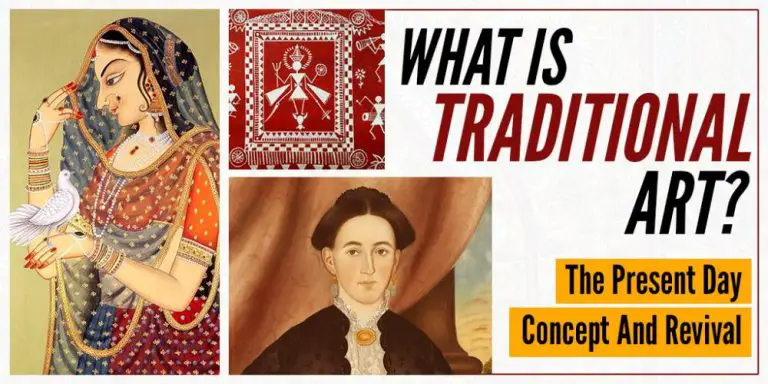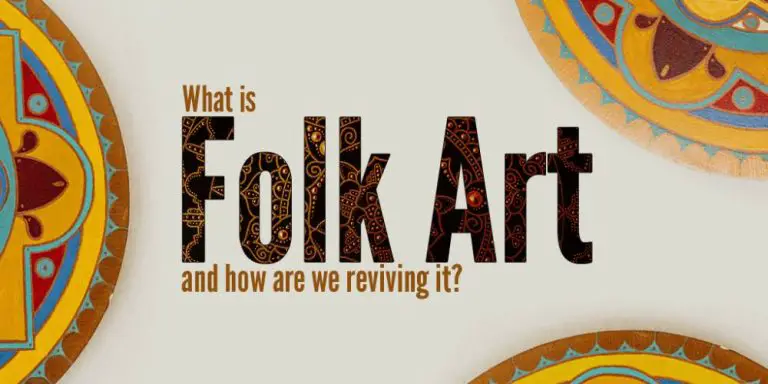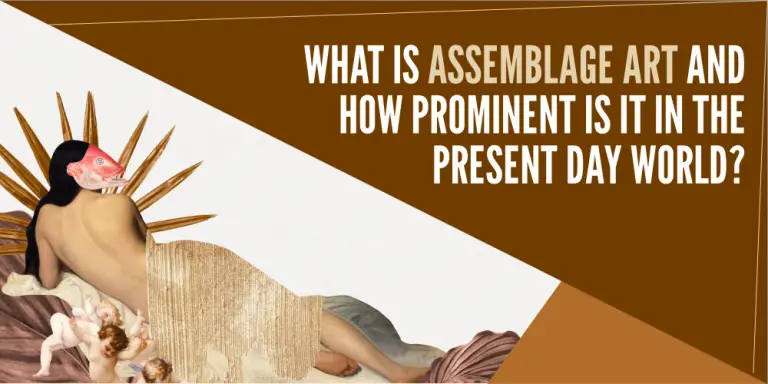Can An Artist Have Multiple Styles? (Explained)
As a messy-minded artist, I have always found it difficult to stick with one art style. However, my curiosity and desire for experimentation were useful during art courses where I was encouraged to broaden my horizons. But can an artist have multiple styles?
Yes, an artist can have multiple styles and mediums. Famous artists are often recognized for their particular and unique art style. However, several giants in the artistic field have proven that artists are capable of mastering more than one artistic style.
The number of different possible artistic styles is endless. Whether it’s simply an artist’s approach and technique in drawing or the materials they use, the world of art is filled with countless opportunities to create something completely unique. But would having multiple artistic styles help or hinder you as an artist?
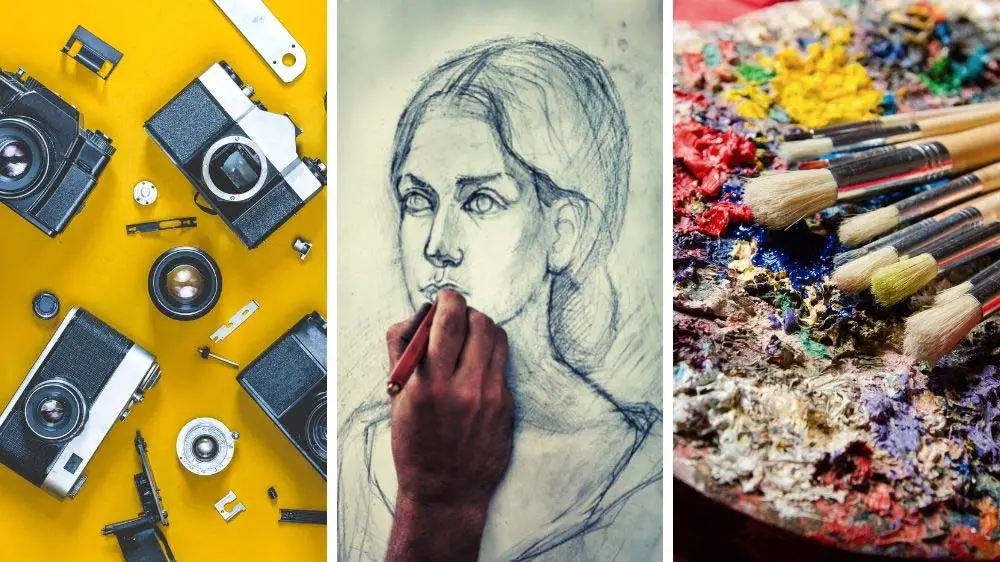
(This article may contain affiliate links and I may earn a commission if you make a purchase)
What is An Art Style & Can An Artist Have More Than One?
An art style describes the way a piece of artwork looks. It is how the artist presents their subject matter and how they express their vision. Style is established by the visual characteristics of a particular artwork. The color, shape, composition, and technique used all come into play in determining an art piece’s style. Aside from an artwork’s physical properties, the style is determined by the methodologies and techniques used, as well as its philosophies.
Although there are established artists who dabble in different styles, having multiple styles is typically an indicator of a new artist who is still learning and developing their skills. It is also a characteristic of an artist who hasn’t figured out what they want to convey in their work. Additionally, many artists begin by taking inspiration from others, often mimicking their styles until they develop their own.
As an artist grows and progresses, they begin to narrow down their styles, focusing on what they enjoy the most. This allows for them to become exceptionally skilled within their chosen media and more easily portray their preferred message to an audience.
What Divides Art Styles?
Art is largely divided by its visual properties. However, these properties can be grouped into; artistic movements, stylistic features, techniques, and mediums.
An art movement is a collective title for artworks created in a particular time period, who share artistic ideals and techniques. There are no criteria for what classifies as an art movement, making the features of every movement somewhat unique. Some movements, such as the Surrealism movement, revolve more around the shared ideals and inspiration for the artwork rather than the techniques and mediums used to create the artwork. However, other movements like Pop Art are more dependent on the specific mediums used.
Stylistic features include; color, tone, space, setting, form, shape, line, composition, light, mood, atmosphere, and many more physical features. There are countless ways to incorporate and manipulate these features into creating your vision. Art styles can be divided based on their color palettes, focal points, and subjects used. All of these features can be added together in a variety of ways to communicate vastly different messages.
Artistic mediums refer to the materials used to create an art piece. Popular mediums include; acrylic paint, graphite powder and pencils, photography, and sculpting clay. These are four widely recognizable mediums. The subjective nature of art is what makes it so easy to create something unique. Due to the developments made in the art world, almost anything can be labeled as ‘art’. Thus allowing for an artist to follow their instincts, not worrying about crossing materialistic lines.
Struggling to choose between painting and collage making? Combine them. Want to reuse old plastic bags? Melt them. The possibilities truly are endless when you put your mind to it.
However, using one particular medium does not limit what you can create with it. Where one artist can be known for their realism and use of light and composition in acrylic paintings, another may be known for their use of vibrant colors and abstract shapes.
Lastly, art styles can be segregated by the message they are trying to send. After all, serene landscapes and political art are never going to be grouped under the same umbrella. Some artists choose to use their art to display their appreciation for the world around them, whilst others use it to address world issues and send strong messages. Either way, what you choose to use your art for will affect the general style and aesthetic.
Famous Artists with Multiple Styles
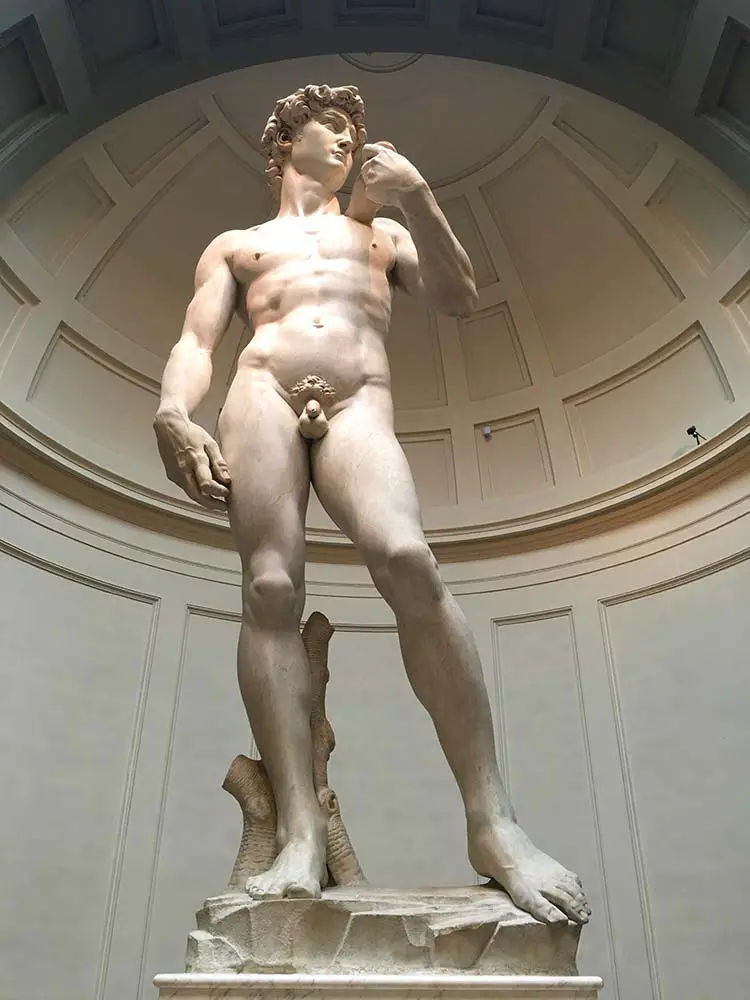
Michelangelo is a great example of how an artist can be successful and still have multiple artistic styles. Michelangelo was a painter, sculptor, and architect working during the Renaissance period. He is considered to be one of the greatest artists of all time.
He is widely known for his paintings in the Sistine Chapel, demonstrating advanced physical realism. But he didn’t stop at painting. Michelangelo was also a talented sculptor, creating pieces like the 17-foot tall “David” statue.
Looking at a more modern example, Damien Hirst is a painter and sculptor, exploring expressionism, contemporary art, and conceptual art. Some of his most famous work would be in the preservation of animals – such as a tiger shark – in tanks of formaldehyde. Hirst appears to go where his art takes him, not worrying over confining himself to one stylistic box.
A vast majority of artists throughout history have dabbled in more than one art style. Often favoring a combination of painting and sculpting. So if thousands have done it, why can’t you?

How Do You Develop an Art Style?
All this talk about having multiple art styles leads to the question: How does an artist develop an art style?
- Experiment – The best place to start is playing with as many different artistic mediums as possible. This allows you to discover what techniques you enjoy and want to work with.
- Play into your Strengths – It’s important that you feel comfortable and capable using whatever tools and techniques you have chosen to pursue.
- Seek Inspiration – Whether it is an art movement, artist or a message, identifying a source of inspiration will give you a basis for cultivating ideas and creating your own work.
- Find Your Voice – You need to determine what message you want to portray through your art. The meanings and ideas you want to convey may influence your artwork’s presentation.
- Create – There is only so much you can do before taking the plunge and creating your own work. Bear in mind that the more you work at it, the better your art will become.
Developing your own style sounds simple when put into words, but we all know that creating art is more complicated than following a few steps. Everyone’s journey is different; some people seem to find their style effortlessly, while others work on it for years. In fact, even the process of finding and creating an artistic style is subjective.
Does Having Multiple Art Styles Affect How Much You Sell?
An artist’s style becomes their staple. Maintaining a signature style for your art ensures that your work will be recognizable, and having an identifiable brand creates a strong basis for selling your work. In addition, your style makes you unique as an artist, and consistency is what makes your work desirable.
However, there are many benefits to working in multiple styles.
- More Work – When people know you are comfortable working with different styles and methodologies, they are likely to approach you with a variety of different jobs.
- Bigger Audience – By creating a variety of work, the chances of someone taking a liking to your art is decidedly higher, due to the difference in aesthetics and connotations.
- New Markets – You can create a range of art which appeals to different artistic fields, allowing you to enter new markets and profit from an array of opportunities.
- Freedom – Giving yourself the liberty to experiment and play with new mediums will open your business to new opportunities, as well as develop your skills as an artist.
At the end of the day, an artist’s success is not defined by the number of styles they work in. While some artists find it easy to manage many different styles and mediums, others are more comfortable sticking to the style they’re familiar with. Your strengths and capabilities as an artist is something only you can discern and work to your advantage.
The number of styles an artist has does not correlate to their skill or the quality of their work. Some may choose to only work in one or two styles, consistently creating work with an established message and standard. In contrast, others may choose to experiment as much as possible – exploring the numerous artistic directions available to them.
While there are pros and cons to working in more than one style, the decision is ultimately left to the artist. The art world is an impressionable one, and there are no set rules or guidelines on what it means to be an artist.
More From Artistry Found
- Why Artists Hold Up Their Thumbs (Explained!)
- Why Artists Keep Sketchbooks (Explained!)
- Do Artists Have A Responsibility To Society? (The Truth)
- Applied Art vs Fine Art: What’s the Difference?
Sources:
https://www.art-is-fun.com/art-styles
https://www.artyfactory.com/art_appreciation/art_movements/art_movements.htm



